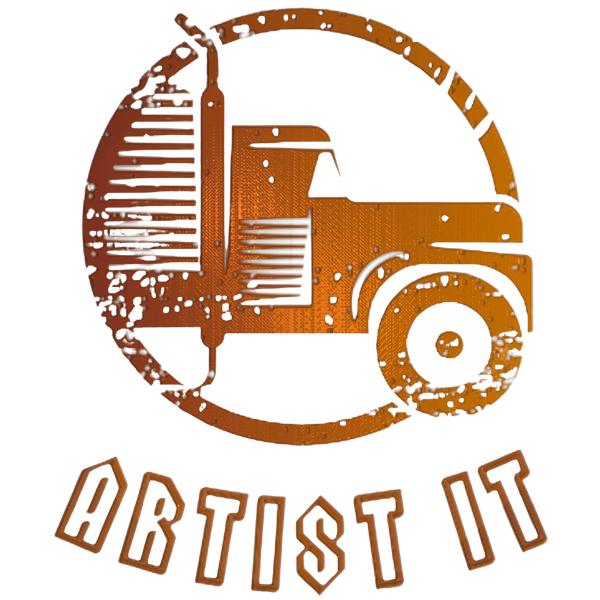How to Choose the Right 3D Printer in 2024
Choosing the right 3D printer in 2024 can be a daunting task due to the wide variety of options available. Here's a comprehensive guide to help you make an informed decision:
1. Determine Your Needs and Budget
Purpose:
- Hobbyist/Personal Use: Simple projects, prototypes, household items.
- Professional Use: High-quality prototypes, functional parts, design models.
- Educational Use: Teaching aids, student projects, learning tools.
- Industrial Use: Manufacturing, complex parts, high durability.
Budget:
- Entry-Level ($200-$500): Good for beginners and casual use.
- Mid-Range ($500-$2000): Suitable for more serious hobbyists and small businesses.
- High-End ($2000+): Ideal for professional and industrial applications.
2. Understand the Different 3D Printing Technologies
Fused Deposition Modeling (FDM):
- Pros: Affordable, easy to use, wide material variety.
- Cons: Lower resolution, visible layer lines.
- Best For: Beginners, general-purpose printing.
Stereolithography (SLA):
- Pros: High resolution, smooth surface finish.
- Cons: Expensive, more complex, requires post-processing.
- Best For: Detailed models, professional prototypes.
Digital Light Processing (DLP):
- Pros: Fast, high resolution.
- Cons: Expensive, requires post-processing.
- Best For: Detailed and small parts, dental models, jewelry.
Selective Laser Sintering (SLS):
- Pros: No need for support structures, durable parts.
- Cons: Very expensive, complex setup.
- Best For: Functional prototypes, industrial parts.
Multi Jet Fusion (MJF):
- Pros: Fast, strong and detailed parts.
- Cons: Expensive, limited material options.
- Best For: Functional parts, small production runs.
3. Consider Key Features
Build Volume:
- Size of the printing area. Ensure it matches your project needs.
Print Quality:
- Resolution (layer height) and precision. Higher resolution means better detail but longer print times.
Material Compatibility:
- Ensure the printer can handle the materials you plan to use (e.g., PLA, ABS, PETG, TPU for FDM; standard and specialty resins for SLA/DLP).
Ease of Use:
- User-friendly interface, automatic bed leveling, and straightforward setup are crucial for beginners.
Reliability and Support:
- Consider brands with good reputations and strong customer support.
Community and Resources:
- Active user communities and readily available resources (forums, guides, videos) can be very helpful.
4. Evaluate Popular Models in 2024
Entry-Level:
- Creality Ender 3 V2 Neo: Known for its affordability and reliability.
- Anycubic Photon Mono 2: Great for beginners interested in SLA technology.
Mid-Range:
- Prusa i3 MK4: Renowned for its quality, reliability, and excellent support.
- Elegoo Saturn 3: Offers a larger build volume and high resolution for SLA printing.
High-End:
- Ultimaker S5: High-end FDM printer with professional features.
- Formlabs Form 3+: High-quality SLA printer known for precision and professional applications.
5. Read Reviews and Compare
- Look for detailed reviews and comparisons from reliable sources like All3DP.com, 3D Hubs, and user reviews on Amazon and other retail sites.
- Consider the long-term costs such as maintenance, materials, and possible upgrades.
6. Future-Proofing
- Ensure the printer can handle anticipated future needs, such as additional materials or advanced features.
- Look for models that offer modular upgrades or have a strong development roadmap.
7. Hands-On Testing (if possible)
- If you can, visit a store or maker space to see the printer in action.
- Get a feel for the machine's build quality, interface, and ease of use.
Conclusion
Choosing the right 3D printer involves understanding your needs, budget, and the different technologies available. Consider the key features, read reviews, and if possible, test the printers before making a decision. By following this guide, you’ll be well-equipped to choose a 3D printer that suits your needs in 2024.

